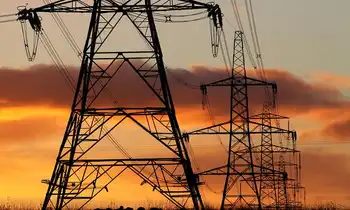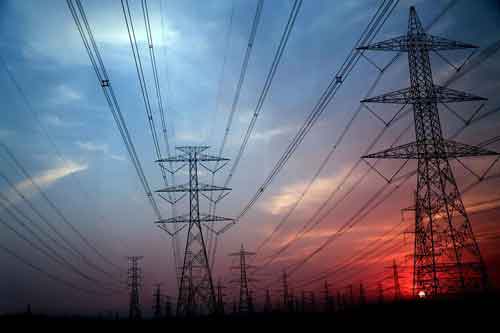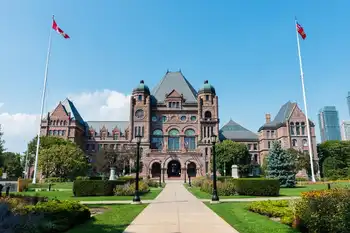Clean energy projects in Latin America announced
WASHINGTON, D.C. - In support of the Energy and Climate Partnership of the Americas announced by President Obama at the 2009 Summit of the Americas, Secretary Steven Chu announced that the U.S. Department of Energy has selected three initial projects under the Low Carbon Communities of the Americas (LCCA) — a program launched in June 2009 to assist countries in Latin America with sustainable energy market transformation initiatives.
“DOE is committed to advancing clean energy technology development and deployment globally,” said Secretary Chu. “The Low-Carbon Communities of the Americas initiative offers an opportunity for the Department to work closely with our neighbors to reduce energy use, increase energy security, and promote a low-carbon future across the Western Hemisphere.”
Through the LCCA program, DOE invited countries to submit proposals for collaboration in areas including renewable energy development and building and industrial energy efficiency. DOEÂ’s National Renewable Energy Laboratory (NREL), along with other National Laboratories, will provide technical assistance to countries receiving support under the initiative.
Later this year, Secretary Chu will host his counterparts from North and South America at the Energy Ministerial of the Americas to continue developing and expanding joint clean energy and climate efforts. The Energy Ministerial will be held from April 15-16 in Washington, D.C.
DOE and NREL have selected the following three projects under the LCCA:
The government of Costa Rica, along with the Natural Resources Defense Council (NRDC), will create an Energy Efficiency Center in Costa Rica that will train and certify professionals in energy efficient technology and auditing procedures, and help expand the technical knowledge base and capabilities of countries across Central America.
Once established, the center will partner with leading energy efficiency organizations to conduct its own research on efficiency programs and energy savings in tropical areas. The results of this research would benefit the Central American and Caribbean region as a whole, as well as provide important information for other nations with similar climates
The project will bring together DOE, Costa RicaÂ’s electricity and telecommunications group ICE, the NRDC, and the University of Costa Rica to create the program and training materials, train the CenterÂ’s future instructors, and run two initial energy efficiency auditor training courses.
At an earlier event in San José, Costa Rica, Costa Rican President Oscar Arias Sánchez joined with DOE officials and representatives of Costa Rica’s Ministry of Energy and Environment, ICE, NRDC and the University of Costa Rica to launch the Center.
This proposal from the Organization of American States (OAS) and several Caribbean governments will enable participating countries to expand the development and use of renewable energy and energy efficiency systems, helping to increase the sustainability of their energy supplies while reducing carbon emissions. The project will target local training and technical programs on how to conduct energy efficiency audits and retrofits.
There will also be a focus on strengthening communitiesÂ’ capacity to review and evaluate resource assessments related to indigenous renewable natural resources. This project will engage St. Lucia, Dominica, Grenada, St. Kitts & Nevis, The Bahamas, Antigua & Barbuda, and St. Vincent & the Grenadines.
This project proposed by Dominica aims to prove the viability of smaller, distributed wind generation as an alternative to traditional, megawatt-class, utility-scale turbines. Efforts will take into consideration available technologies, economics, and constructability to identify and model appropriate turbine technologies under 250 kilowatts.
The Dominica Wind Project will also model commercialization strategies and the impact on the electrical grid of small distributed wind generation, assess the impact on energy costs for consumers, purchase and install initial pilot turbines, and implement a public information campaign to expand the use of renewable energy.
Related News

Are Norwegian energy firms ‘best in class’ for environmental management?
OSLO - By Tom Baxter
The recent Energy Voice article from the Equinor chairman concerning the Mariner project heralding a ‘significant point of reference’ for growth highlighted the energy efficiency achievements associated with the platform.
I view energy efficiency as a key enabler to net zero and it is a topic I have been involved with for many years.
As part of my energy efficiency work, I investigated Norwegian practices and compared them with the UK.
There were many differences, here are three;
1. Power for offshore installations is usually supplied from gas turbines burning fuel from the oil and gas processing plant and…




